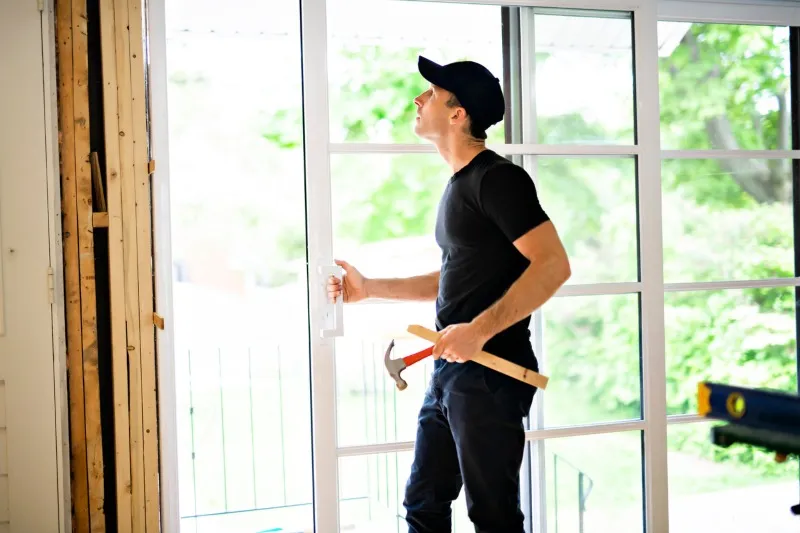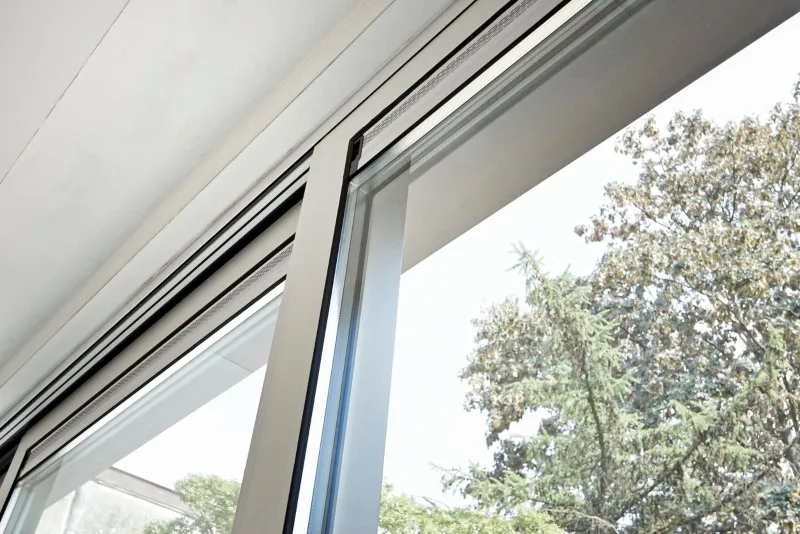Energy savings and thermal thermal and acoustic insulation and acoustic insulation are some of the great benefits, but, you may ask, how to weatherstrip sliding windows? It is said that, both in summer and in winter, energy can escape and this causes the reduction of the optimum temperature level inside. In this article we will explain step by step how to weatherstrip sliding windows to take advantage of its benefits and enjoy a comfortable and efficient space.
How to weather-strip sliding windows?
Weatherstripping is a fabric or rubber strip that prevents heat or cold leaks. It is a very simple method to save energy and optimize the interior temperature. Do you want to know how to weatherstrip sliding windows? Here are a few simple steps to install these accessories: easy and without renovations!
Clean and prepare the window
To achieve an optimal result the window must first be cleaned and prepared, whether it is a wall or roof window.
- Removes dust and debris from the outside of the frame and sash.
- For better cleaning, add soapy water and dry thoroughly with a cloth.

Eliminates old weatherstripping
If new weatherstripping is to be installed, the existing weatherstripping must be replaced using a plastic tool, such as a spatula. In addition, to loosen the screws, it is advisable to use a screwdriver to lift the weatherstripping from the frame.
Measure and cut the new weatherstrip
Once the space has been cleaned and the old weatherstripping has been removed, measure the window frame and cut the new weatherstripping. Try to leave 3 to 5 centimeters longer than the size of the new weatherstripping so that it is not too tight.
Removes the adhesive
Remove the adhesive at the same time as it is sticking to the frame. The trick is to do it slowly and press down so that it adheres better.
Cut the remaining weatherstrip
Remove excess weatherstripping with scissors or a box cutter. Do this at a 45° angle to glue it in opposition to the window sash which regularly runs perpendicular and creates a better fit.
Replace the window sash
Finally, place the window sash as it was in the beginning. Test the new weatherstripping and make sure it works properly.

Advantages of weather-stripping doors and windows
As we mentioned at the beginning of this post, the advantages of weatherstripping doors and windows are as follows:
- Thermal and acoustic insulation: the temperature becomes homogeneous and prevents outside noise from entering the interior.
- Energy savings: by weather-stripping your windows, you can reduce your electricity and gas bills by up to 40%.
- In addition, these actions can contribute to the care and protection of the environment, since energy is regulated and the interior of the home becomes sustainable.
Now that you know how to weatherstrip sliding windows, you will have seen that it is a simple task that also has many benefits. Do you want to get started? Carry out this small project in your home and optimize energy consumption thanks to insulation!


